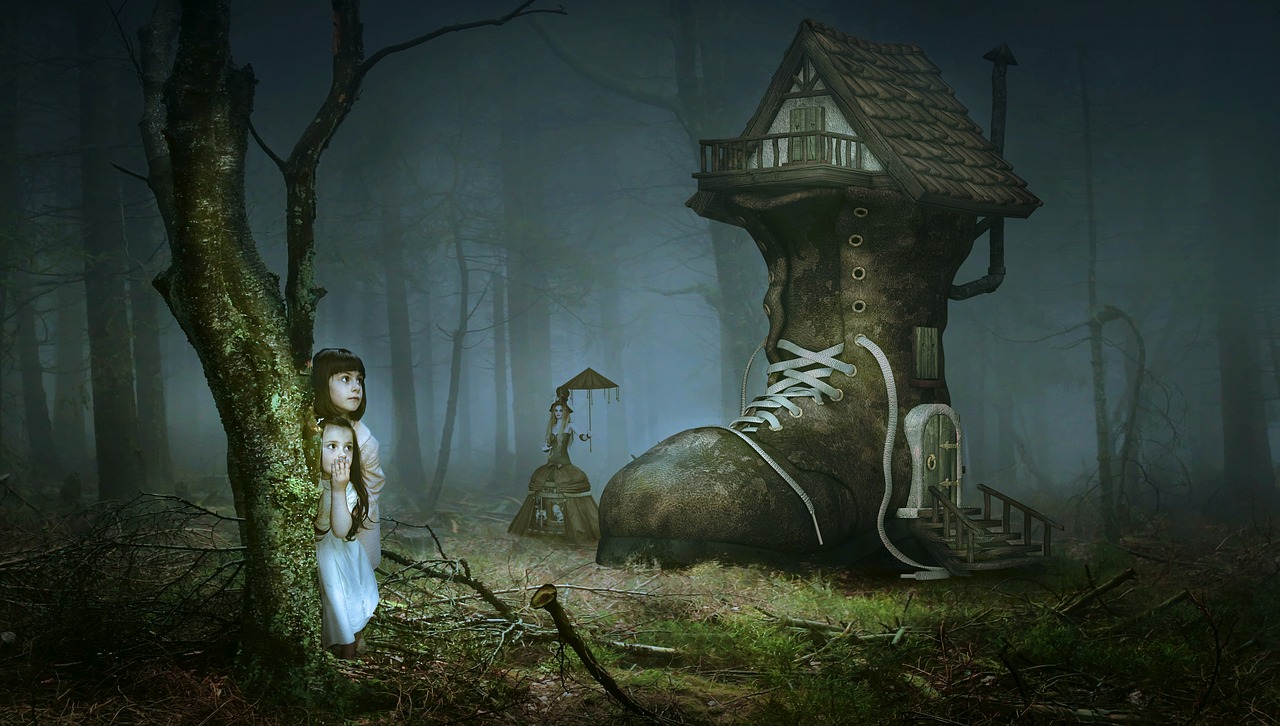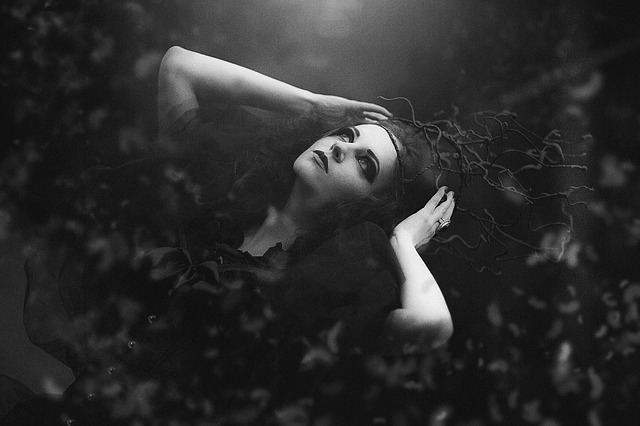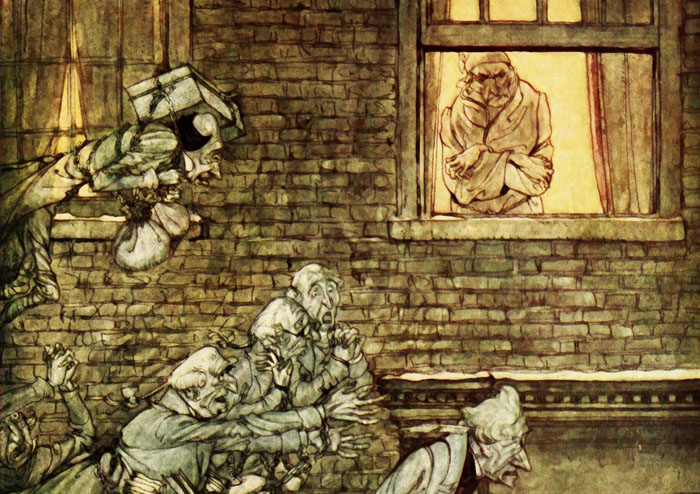Note: the following article on children in Gothic fiction s a modified excerpt (pp. 96-97) from my doctoral dissertation, “Time is Everything with Him”: The Concept of the Eternal Now in Nineteenth-Century Gothic, which can be downloaded (for free) from the repository of the Tampere University Press. For a list of my other academic publications, see here.
Children in Gothic fiction possess extraordinary allusive power. The reason is that they personify in graspable terms the ambiguous area between past and future. Children in Gothic texts become a link that both separates and connects the old and the new.
Essentially, the Gothic child becomes a metaphor for the eternal present. It carries the past within – both literally, as the continuation of the parents’ genetic code, as well as metaphorically, as the continuation of a cultural, social, or simply family tradition – yet it is also the future. More important, still, it is a potential future, that is, it is neither determined nor materialized.


